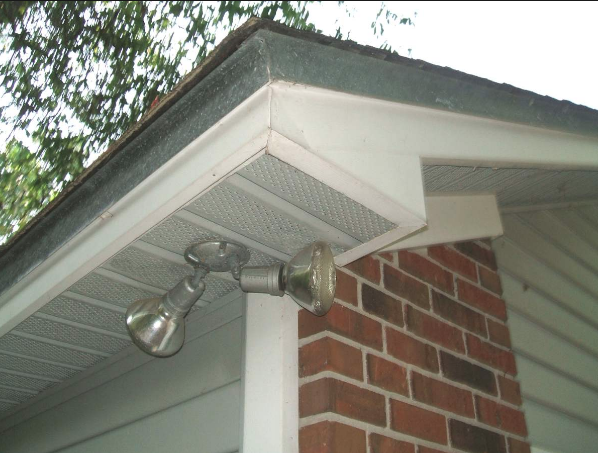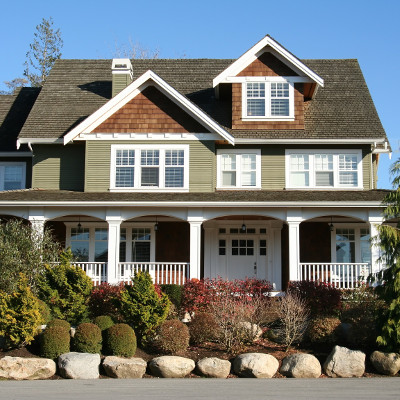What is a Soffit?
You know where the roof is at your house. You know where the walls are. But what’s the thing in between the roof and the wall? The roof surface usually extends over the walls to make the water drain away. The space underneath that part of the roof is the Soffit. It’s a word taken from the French language, and it generally means something underneath, in this case, the roof. That space is also called the rafters or house eaves, but all three mean the same thing, and you should know about it whether you’re buying an existing home or building new.
You have to have a Soffit on your house, or else it would leave an open space where critters and bugs would camp out, or worse water damage could occur, leading to all kinds of expensive problems. Another issue is ventilation. The attic is prone to heat, and it builds up in a hurry, and it has to go somewhere, or the roof will get overheated and cause the shingles to wear out too fast, costing you more money. All that aside, your house would look funny without a Soffit. You’d have exposed wood hanging over the side of your home, and it wouldn’t look very appealing and might even lower the resale value, yikes.
Soffits are available in almost any material and color you choose, and they can come perforated to provide instant ventilation. Common materials used, though, are steel, vinyl, aluminum, wood, and fiber cement. Fiber cement is available in wood grain or smooth finish. It comes in various colors and doesn’t have the same maintenance issues as the others, but it’s more expensive. Wood has a natural look that some may appreciate. But wood rots out sometimes and can be a source of mold, which can lead to a whole host of issues. Even without the rotting or mold issues, you would still need to scrape and paint otherwise it would look bad. Aluminum is a very flexible material that can form to fit almost any space, and it doesn’t rot or crack. It’s not combustible, and it’s easy to clean, and it’s water-resistant. However, aluminum is a more expensive alternative. It doesn’t have the same insulation properties as other materials, and since it’s a metal, it can suffer damage like dents, which can be very difficult to repair.
Vinyl is cost-effective, and it has an insulation value as well as different design options available in various textures and grains. It won’t rot; it’s easy to clean and water-resistant. The drawbacks to vinyl are heat sensitivity, which could mean warping in hot weather, mold in some climates, and it’s challenging to work with as opposed to something like aluminum. Another problem is appearance; some people just don’t like the way vinyl looks. Steel is a good option if the cost is no object. Depending on the climate you expect your house to endure and the length of time you want it to last, steel could work well for you.
.png)



